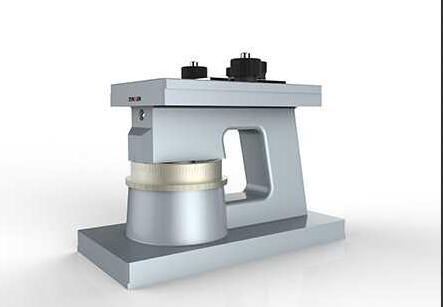How to choose the right blade for fiber microtome?
The fiber microtome is a machine widely used in the textile, construction, and automotive industries. It cuts raw materials by rotating them rapidly and using blades to break them down precisely into fine particles. However, for factories and companies using the fiber microtome, it is important to choose the right blade. In this article, we will describe how to choose the right blade for the fiber microtome.
I. Understanding the different types of blades
Before choosing the right blade for fiber microtome, you need to know the different types of blades. The three common types on the market today are: round, triangular and diamond-shaped. Round knives are usually used for light materials, such as cotton and polyester fiber. Triangles and diamonds are better suited for heavier or harder materials, such as fiberglass and carbon fiber.

It is also important to consider the effect of different types of materials on the degree of wear of different types of tools. For example, triangles and diamonds are more capable of reducing wear than circles when dealing with glass fibers.
II, determine the appropriate blade diameter
Selecting the proper blade diameter is critical to the performance of the fiber microtome. The larger the diameter of the blade, the faster it can rotate. This means that it can handle more material and can complete its task faster. However, a larger blade diameter can also lead to higher wear and higher maintenance costs.
Therefore, when choosing a fiber microtome blade, there is a balance between processing speed and cost. In most cases, choosing a medium-sized blade diameter is the best choice.
III, consider the material hardness
Matching different types of materials with different hardness levels requires different types and shapes of blades. For example, when dealing with softer materials, diamond or round cutting tools can be used. However, when dealing with harder or hard materials, a triangular or diamond-shaped tool with better sharpness and wear resistance needs to be used.
IV, consider the wear and tear generated during processing
In the process of processing with fiber microtome, frequent contact with the surface of the object will lead to a certain degree of wear and tear. Therefore, when choosing the right blade for the fiber microtome, the factor of wear needs to be considered. For frequently used inserts, regular adjustment and sharpening are required to ensure their performance and longevity.
V. Select high quality blades
Finally, when choosing the right blade for the fiber microtome, you need to ensure that you choose a high quality product. Low-quality tools may produce irregular shapes and edges during machining, and may wear out more quickly. Therefore, when choosing a tool for the fiber microtome, be sure to choose a reliable and high-quality product.
Conclusion
In this article, we have described how to choose the right insert for the fiber microtome. Before selecting the right tool, consider factors such as different types of tools, diameters, material hardness, wear incurred during processing, and product quality. By carefully considering these factors and using high quality and reliable products, you can ensure that the fiber cutting tool you choose maximizes productivity and achieves optimal performance.

